Cosmonautics Day and Women in Space – SSTV
When there is normally a wait of multiple months between SSTV events, I got quite a surprise with the next SSTV announcement. This time there was a gap of just three days between events. So more time to validate my new antenna solution.

With the longer duration, this time there were 5 passes over New Zealand, so a lot more chances to get some hopefully good images. Whilst the last one from the previous event wasn’t remotely great, I was optimistic and I kept the same settings as before. I’ve learnt the hard way that changing settings too often can cause more issues than are solved.
This time I got images off four of the five passes, with one pass again having extensive RF noise, pager like signal tones and what appeared to be human voices in the noise.
Examples of the images from the best to the worst are below.
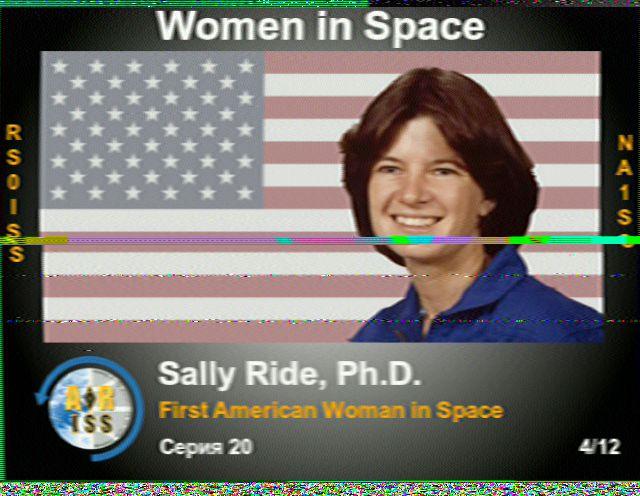
This was pretty good, with just a partial noise band at the start of the image and one through the middle, with two lines which are barely visible. Otherwise a good capture.
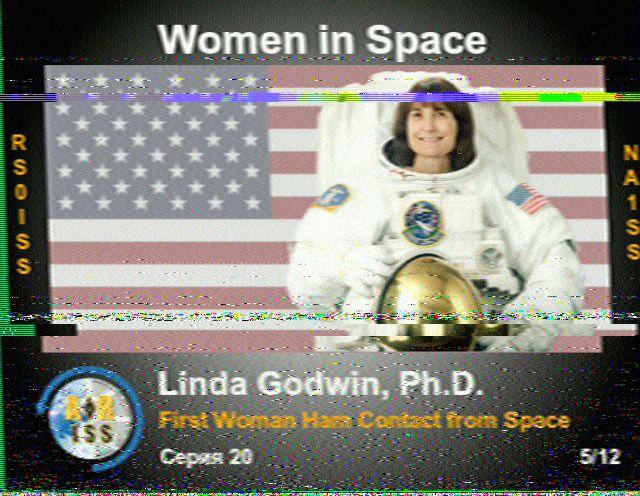
In may ways a similar image, but a bit more noise in the bottom quarter of the image and a slight issue with slant in the middle of the image.
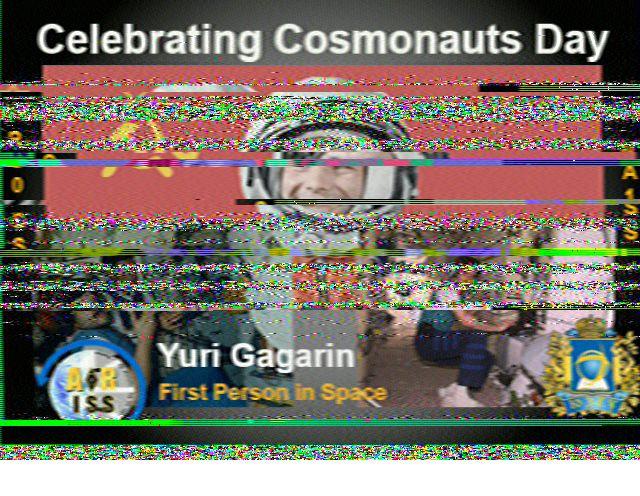
Some of the image is good, no issues with slant this time, but some clear patches of RF interference to make a bit of a mess of this image.
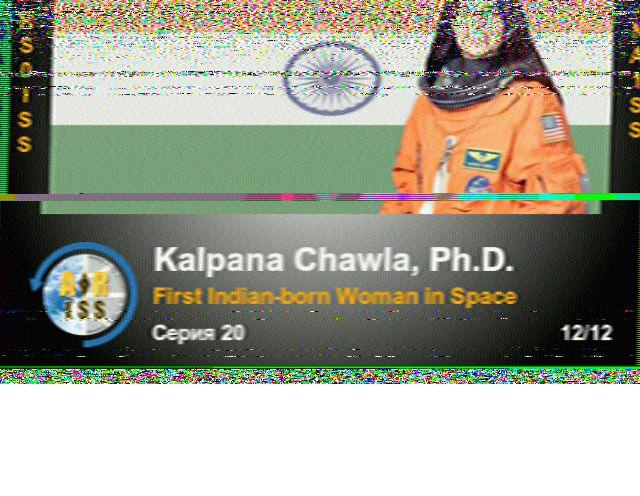
Mainly good, once the decoder was able to get a lock on the signal to start decoding a bit late. This will have been due to the noise at the start of the image. There were a few more like this with a mix of some really good parts of the image plus some RF noise.
Then finally, an image showing not just bad noise, but significant issues with slant.
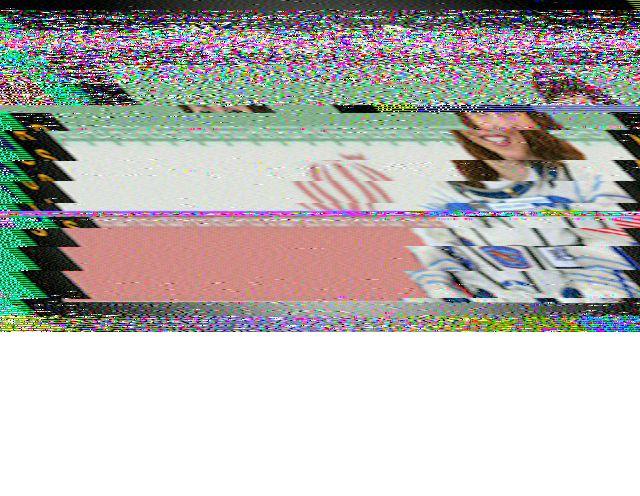
So clearly with a mixture from poor to pretty good, this should have helped me figure out what setting changes were having which effect. So I’d just need to revert to the settings from the first two images. If only it was so simple as I’d changed nothing at all during the course of the event.
So what were the potential changes?
- Different passes had different elevations, with the higher the elevation the better the SNR and the resultant images.
- Different passes cross different parts of the sky. I know that ones which are more to the NE of my location are nearer to the city of Auckland which will have more RF sources or ones to the SE have higher ground which will block some of the pass.
- Other stuff
I can’t really do anything about the first two without changing the ISS orbits (not going to happen) or changing the local terrain (not going to happen). So the art is to figure out what the other stuff is or at least how to remove or at least mitigate it.
I did have the bright idea of using some Python code using the scipy library which has a Butterworth bandpass filter function. The SSTV signal is between about 1000Hz and 2500Hz, so by filtering out any frequencies above / below these values then it could improve the SNR, resulting in hopefully better images. I had a bit of fun trying to get this to work, helped by Google’s useful suggestions from multiple web forum posts and I finally got something working. By loading the before and after waveforms into Audacity I could clearly see a lot of the noise was removed. So with a lot of anticipation I piped the filtered waveforms into MMSSTV, hoping for a step forward. But I got pretty much the same result as using the unfiltered waveforms. After a lot of checking of the code and validating that the code really was working, I realized that my idea wasn’t the first time that someone else had the idea. Clearly the MMSSTV code was doing the same, which is why my filtering didn’t help.
So what is left is the external RF noise source that is impacting many of the SSTV images. I do have an FM block (i.e. a band stop filter that removes FM radio signals), but that isn’t a magic bullet either.
Since SSTV events are normally pretty infrequent, I will need to see what I can do to improve the Meteor M-2 images as they see a very similar issue.

So I’m hoping that if I can improve capturing Meteor M-2 then I’ll improve SSTV. I did see that over the summer break, Meteor images were a lot better, which suggests that with the holidays there was less RF noise generated. This could be both noise on the mains and / or noise picked up via the antenna.
The hunt for the resolution is ongoing…